Martin c. 1840 Renaissance Style Guitar
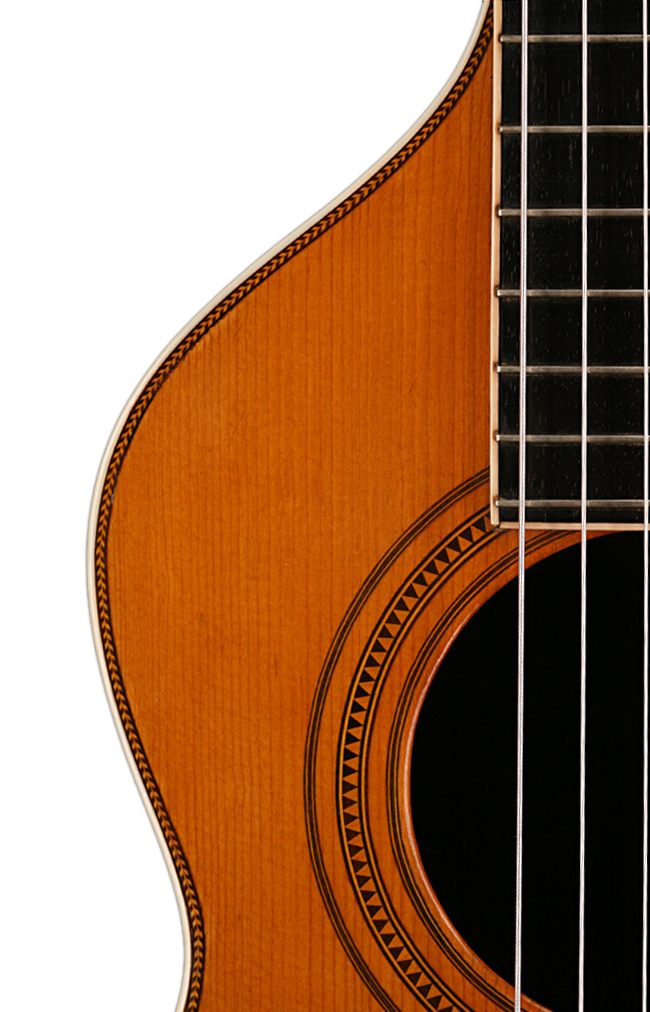
delineating all edges of the headstock, volute and neck
divided by a longitudinal strip of marquetry, details of internal construction, and a long modern feeling neck. This unique "Renaissance" shape,
however, can be seen on only a handful of early Martin guitars.
But the unique details go further than that. This is the only known example of a Martin with sides tapered to fit the contour of the neck heel in a
most elegant fashion. The neck is a full 2" wide, with a 24.75" scale, and this is one of only two Martins known to have a unique peak at the
tip of the ivory bound headstock. Besides being one of the most unusual Martin examples known to exist, the condition is breathtaking, all original
and looking like an almost new guitar.
While these body shapes have been commonly called “Renaissance,” they are not related to actual Renaissance period guitars, but were instead probably
inspired by contemporary European guitars.
This is another early example with solid Brazilian rosewood backs and sides in place of a rosewood veneer back.
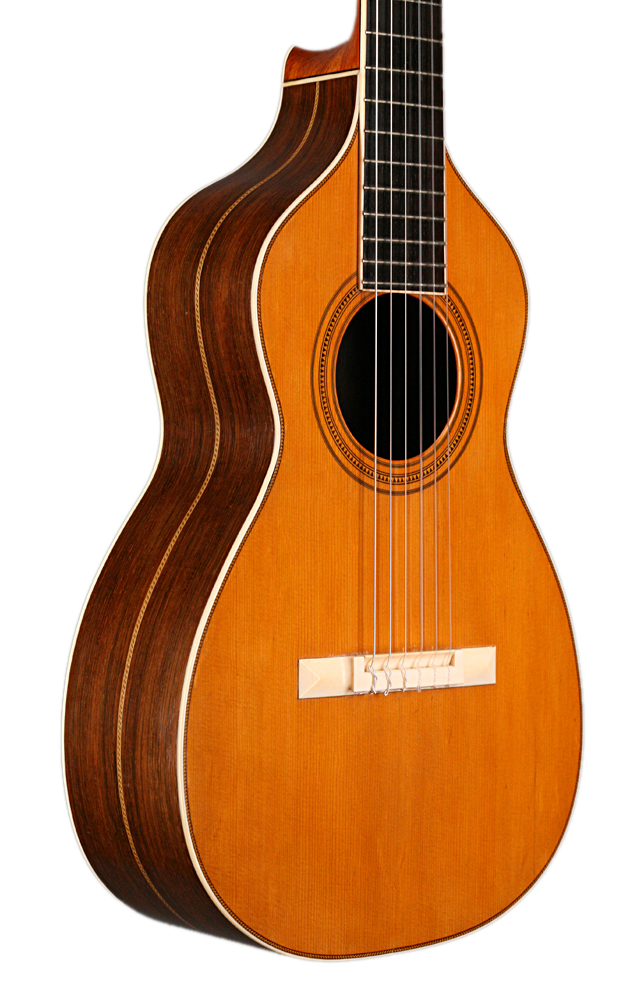
Richard Johnston, co-author "Martin Guitars, a Technical Reference":
around frequently when describing vintage guitars, but in this case we’re not exaggerating. Only seven of these unusual “Renaissance” shape Martins
have surfaced to date, and only this one has the sides tapered to fit the contour of the neck heel."
edge of the peghead."
"The compound curve of the guitar where the sides meet the neck is sure to inspire admiration from any serious woodworker...no other Martin
guitar has surfaced in which the sides form a continuous, smooth transition into the neck. The low-profile shoulders would make playing in
upper positions on this guitar almost as easy as on a cutaway guitar.
More from Martin Historian and Author Richard Johnston:
Although we can’t be sure which of the surviving examples of this shape came first, it appears that this is one of earlier ones, because it has the
Spanish-influenced tie-block bridge, fan pattern top bracing and internal construction details that Martin had apparently abandoned before the
mid-1850s. It is also unusual because the neck is a full 2 inches wide at the nut, and has 20 frets. The small peak at the top of the headstock is
a feature which has only been found on one other Martin, an ultra-fancy model with a different version of this body shape that was made in 1852.
This is a size 2 guitar, 12 inches wide at the lower bout made with Brazilian rosewood back and sides, cedar neck and spruce top, with ivory
binding and bridge. The French polish finish is completely original.
Someone added two small bolts to the ivory bridge, but the holes remaining after those bolts were removed are now invisible thanks to the restoration by Frank Ford.
Here is Frank's article of the restoration:
http://www.frets.com/FRETSPages/Luthier/Technique/Guitar/Bridges/IvoryBridgeRepair/ivorybridgerepair.html
With the exception of the bridge restoration and a small dot in the fretboard, this guitar is completely original.
Please note: I'm proud to say that the "Renaissance Martin" shown above, as well as it's "likeness" or image, are the sole property of the Corwin Collection.
Sadly, numerous images of this important guitar were knowingly reproduced in the book "Inventing the American Guitar: The Pre–Civil War Innovations of
C. F. Martin and His Contemporaries" by Szego and Shaw with an improper and false attribution, and without obtaining the necessary permission requested and
required to legally reproduce it's image for commercial use.
The image and "likeness" of this guitar are the sole property of the Corwin Collection, and may not be legally reproduced without permission of the legal owner.
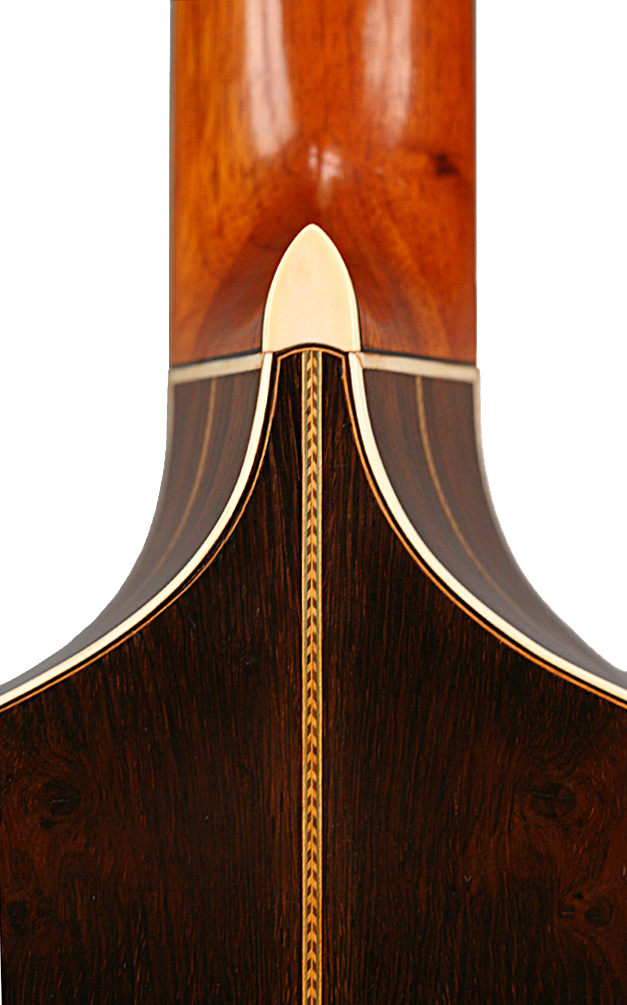
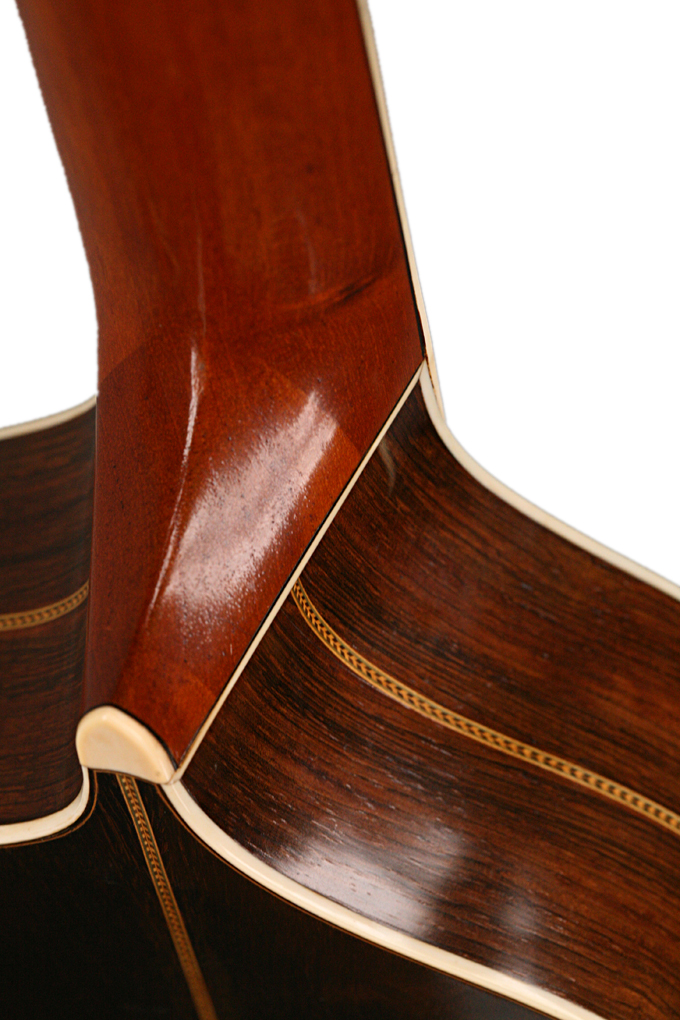
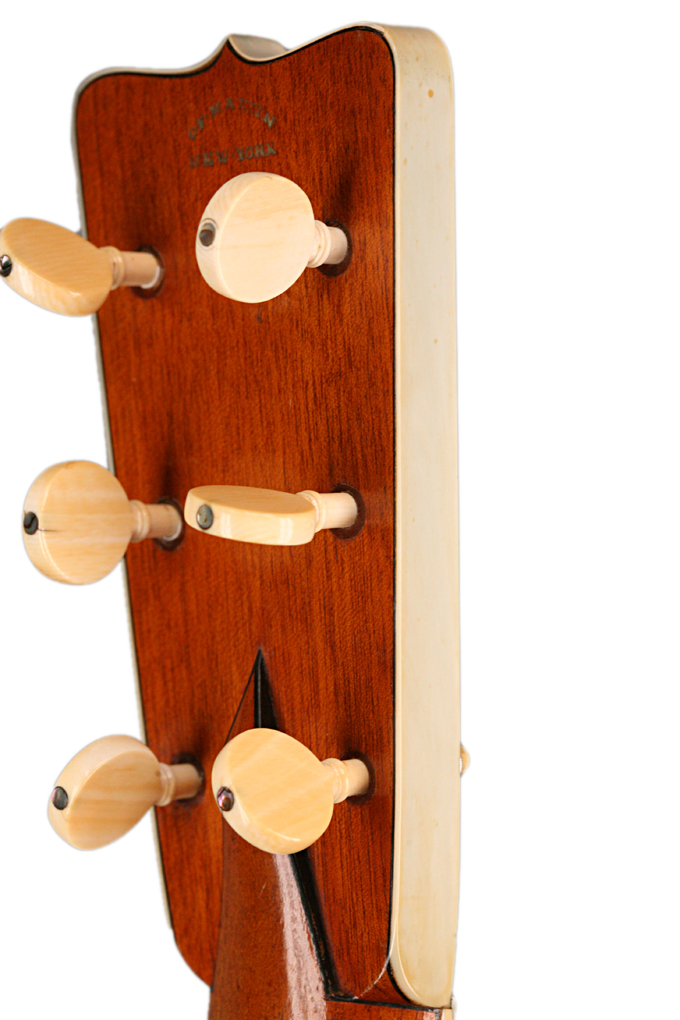
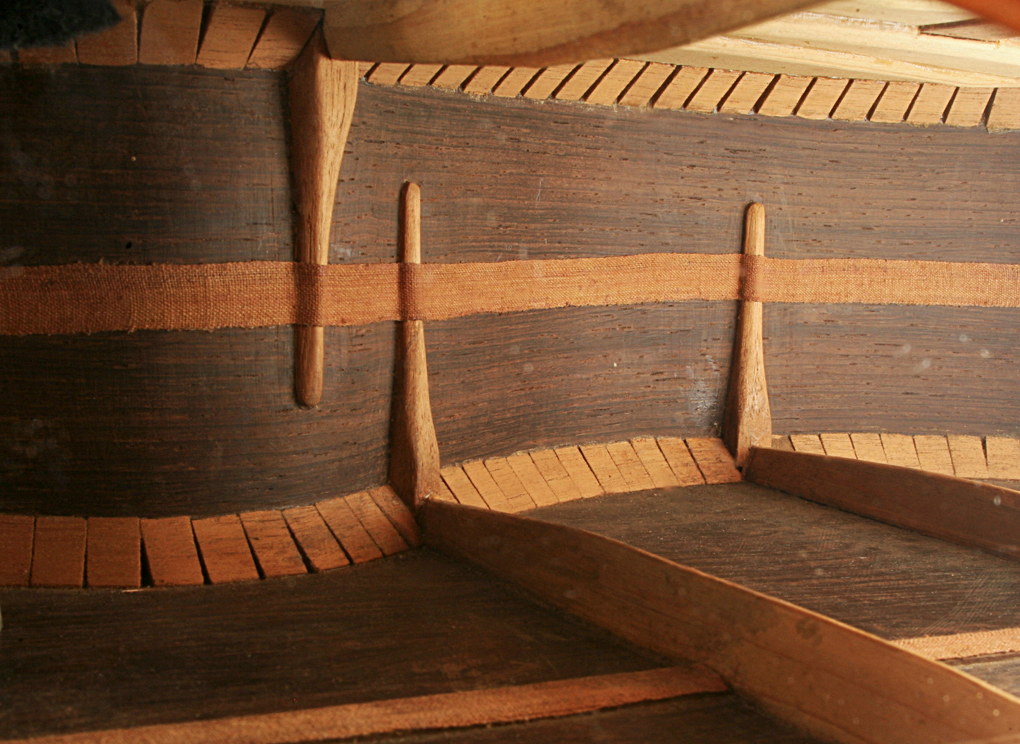
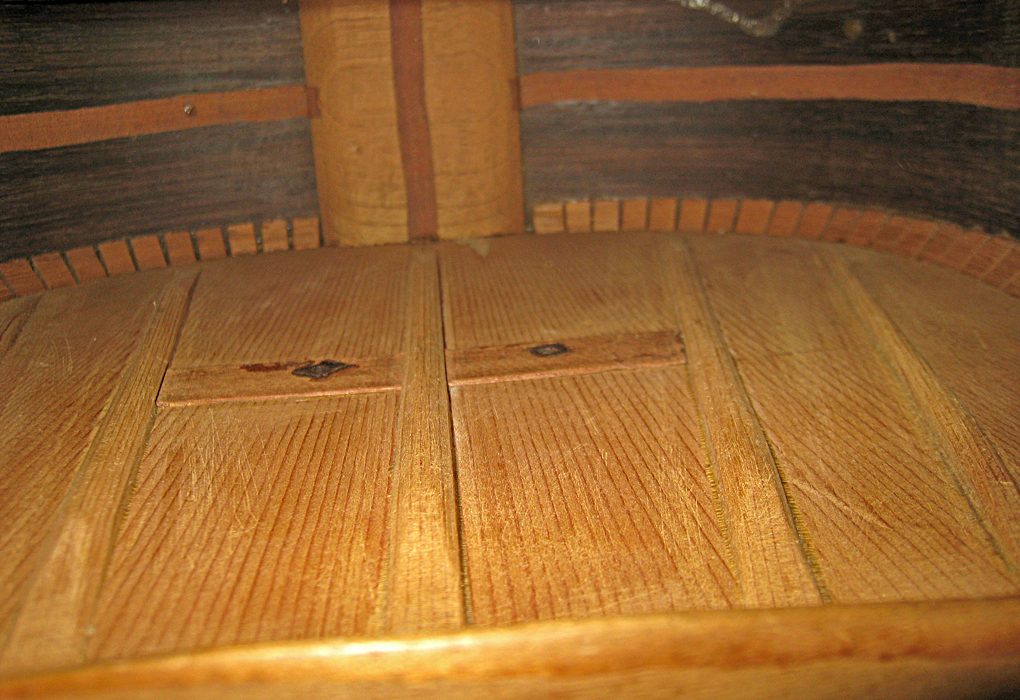
Washburn & Johnston pp. 44 & 45.
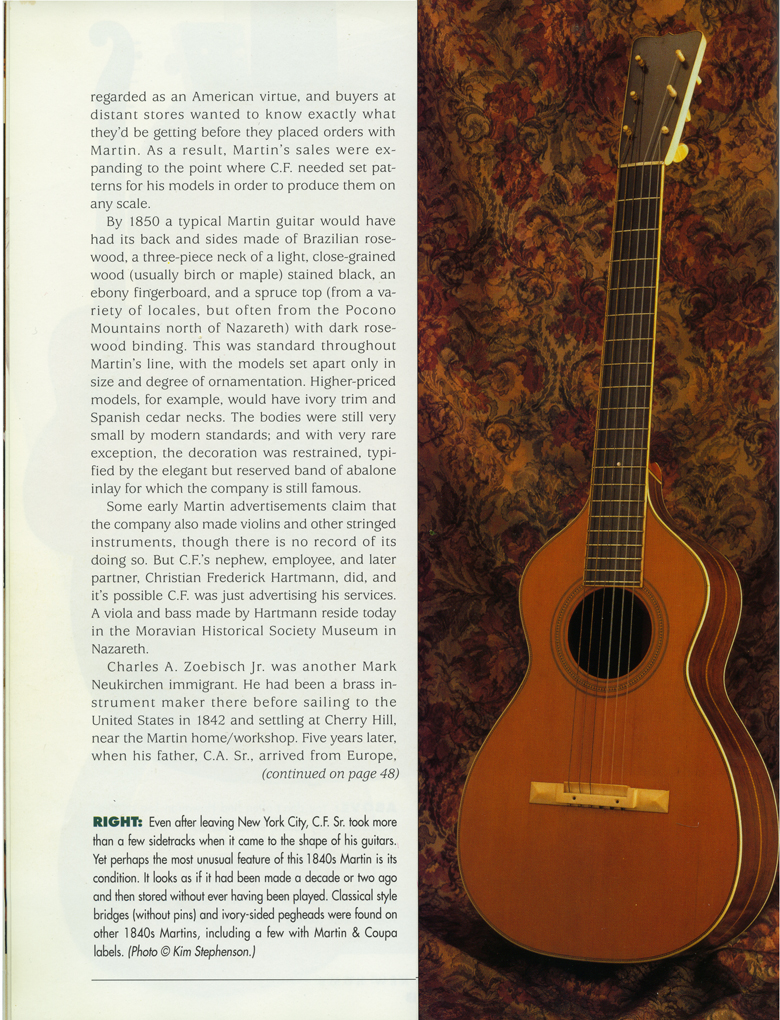
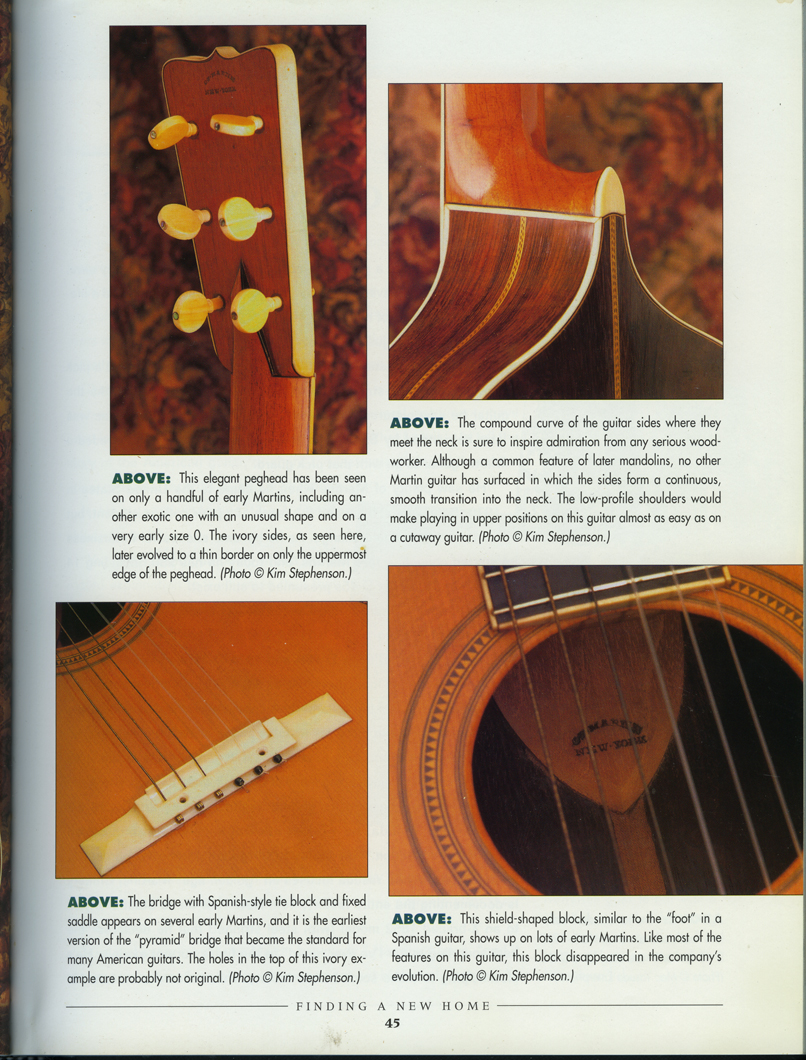
Longworth, Boak, and Johnston "Martin Guitars, A History" p. 13.
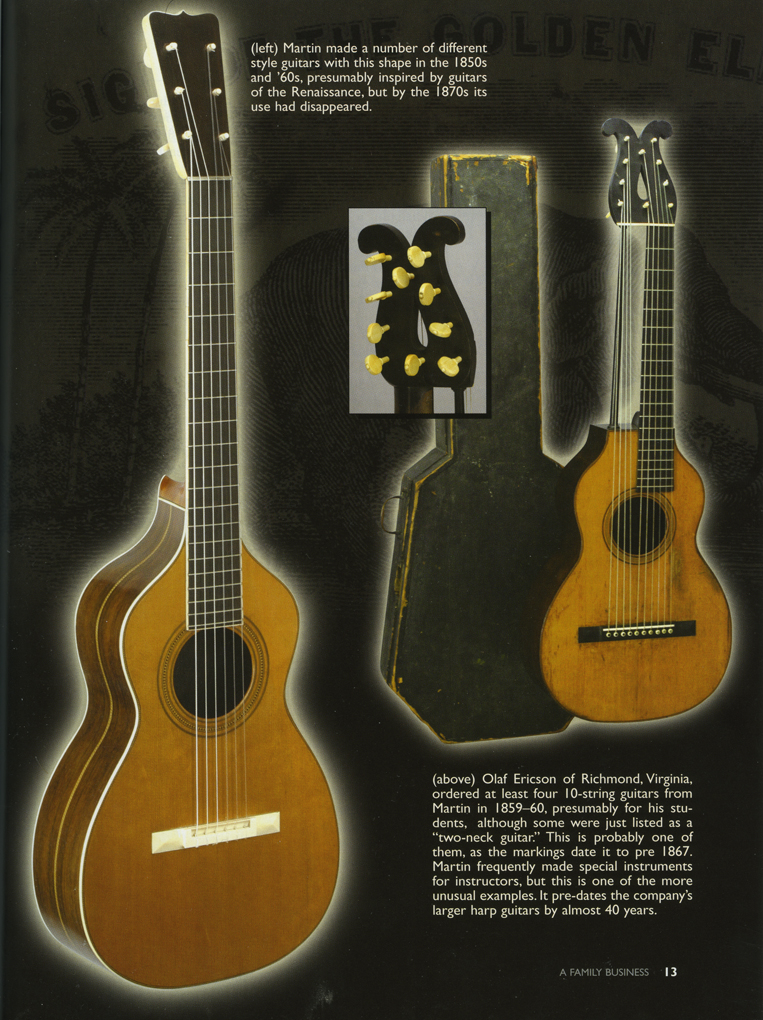
Longworth, Boak, and Johnston "Martin Guitars, A Technical Reference" p. 12.
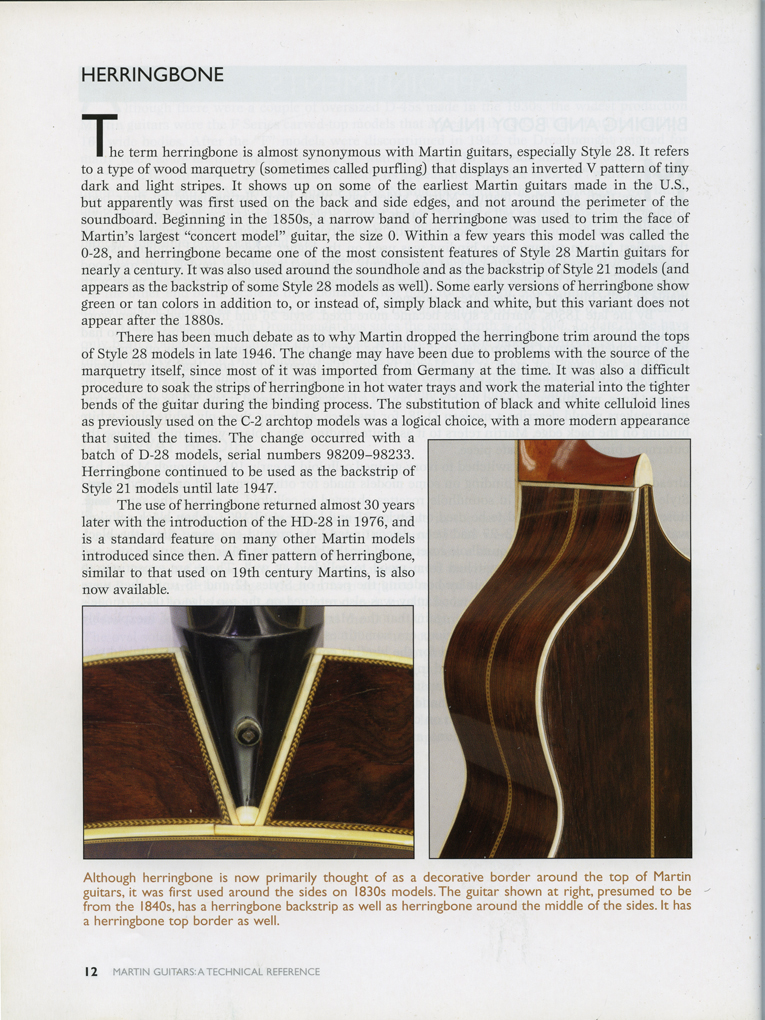
Longworth, Boak, and Johnston "Martin Guitars, A Technical Reference" p. 29.
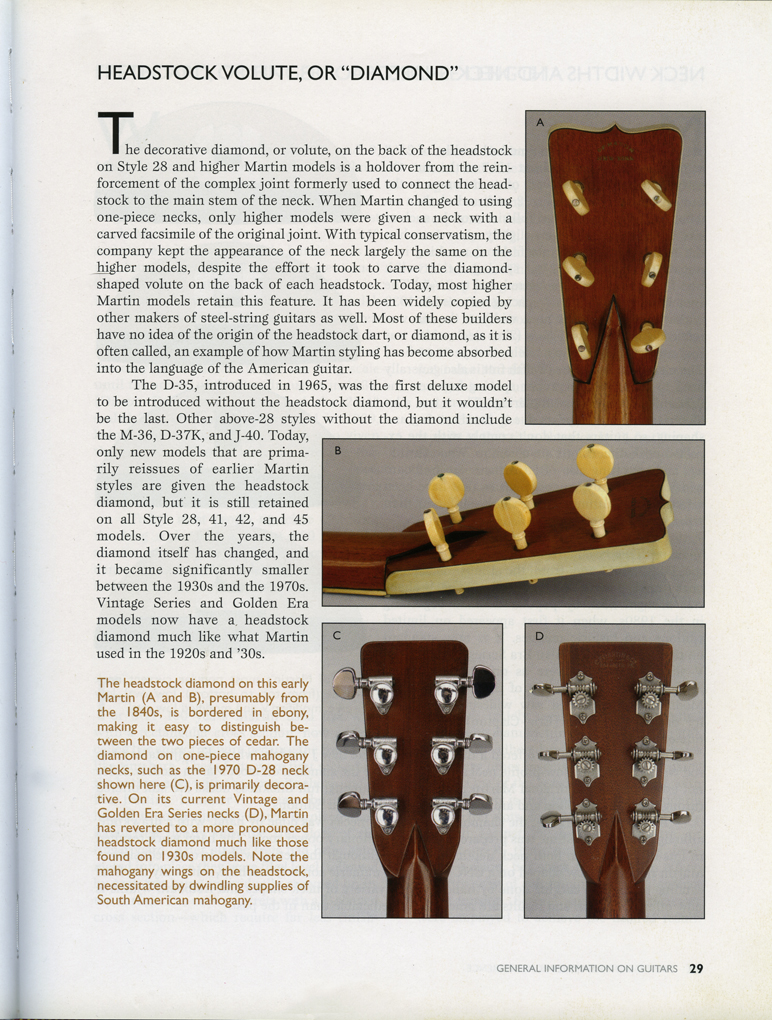
Illustrated in "Inventing the American Guitar: The Pre–Civil War Innovations of C. F. Martin and His Contemporaries":
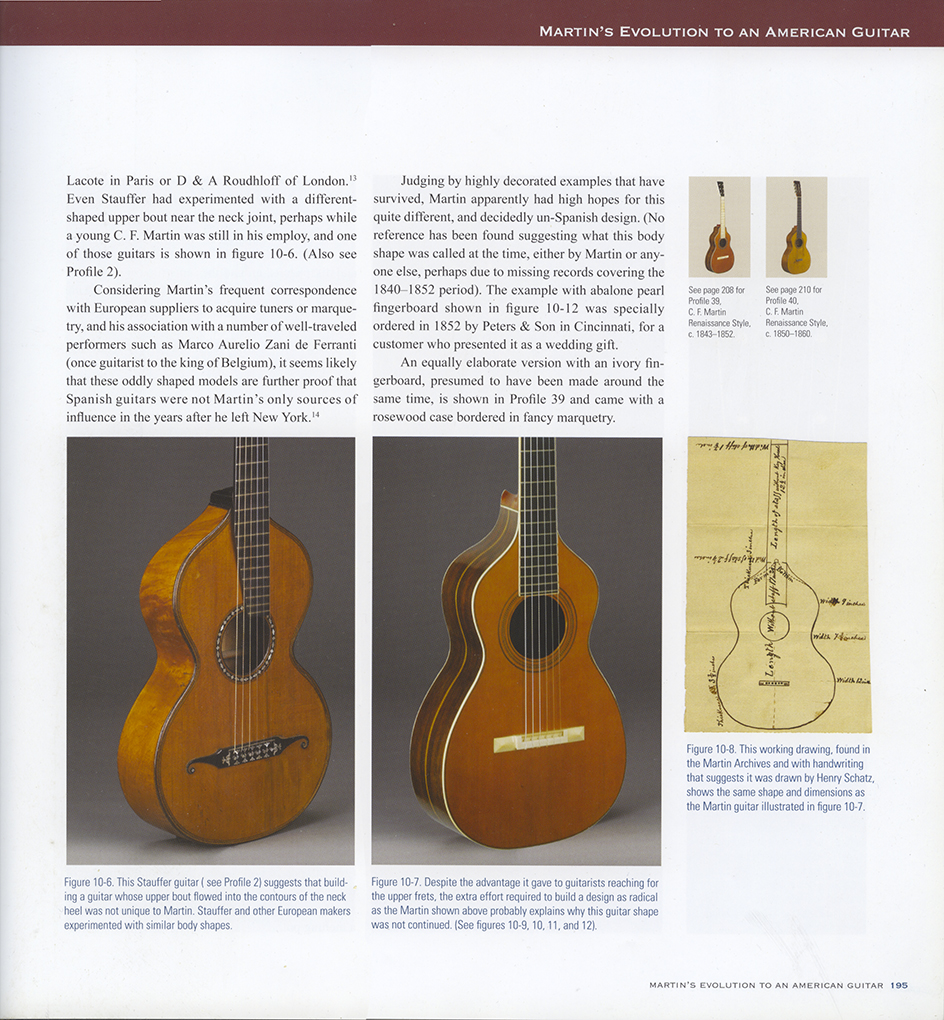
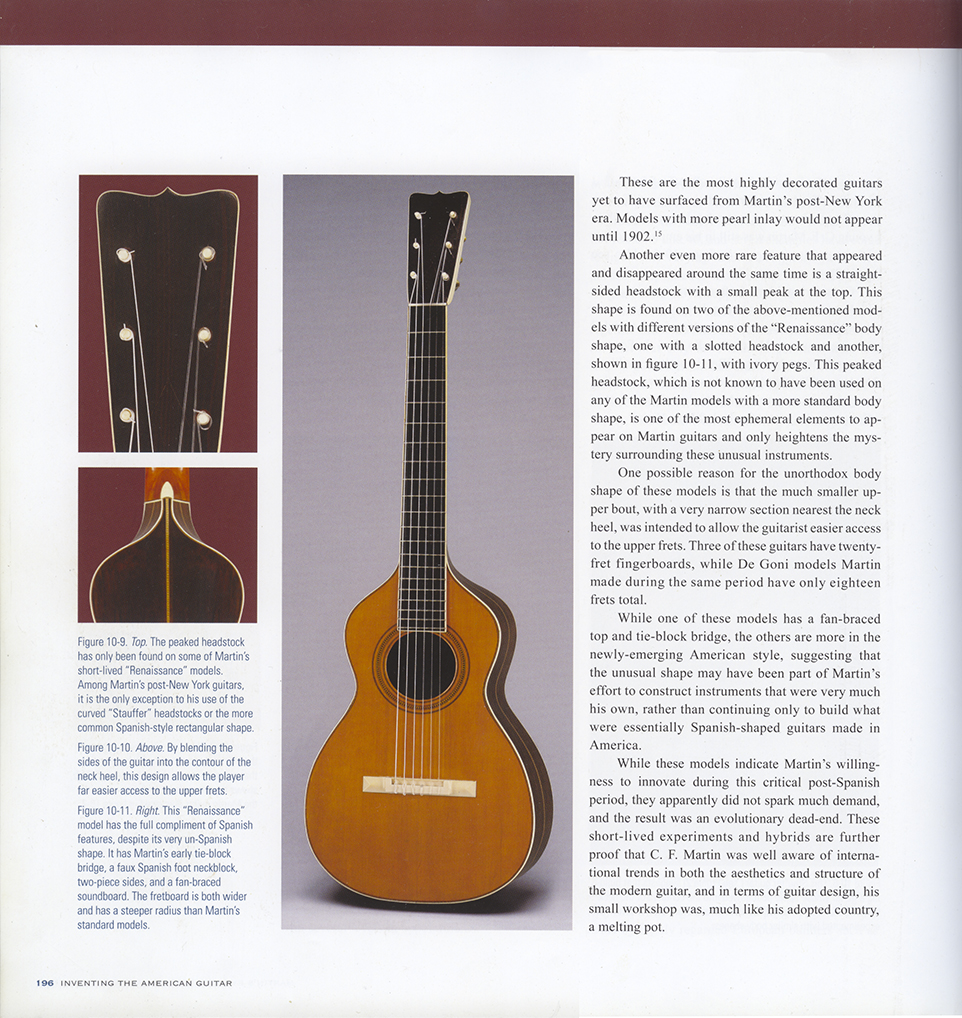
vintagemartin.com
To See Robert Corwin's Classic Photography of Folk and Roots Musicians, visit:
For Information on Photography for
Exhibition, Publication, CD's, Promotion, Web Pages, Tour Books,
to Purchase Photographic Prints, or
If You Have Questions or Suggestions About This Web Site or Vintage Martin Guitars:
e-mail: Robert Corwinentire site copyright ©1998 through 2016 Robert Corwin/Photo-Arts. All rights reserved.